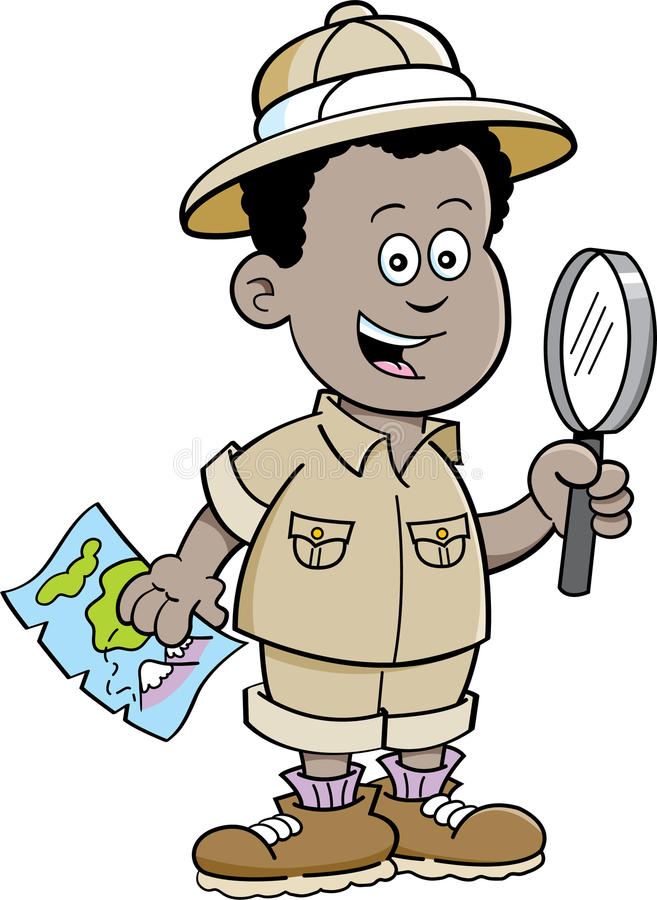we’re coming down the home stretch!
It’s almost here! We are officially entering the week of the international BACKYARD NATURE CHALLENGE, nee City Nature Challenge! This coming weekend, we will be exploring our backyards and neighborhoods for interesting organisms to photograph, then uploading those pics to iNaturalist. Thereafter, begins the process of working through both your own photographs and those of others to help determine positive identifications on all of the critters and vegetation that folks have documented. We have a few more days to work on our ID skills; just know that we’re continuing to step up the difficulty day-by-day!

Let’s first see how you did with yesterday’s id quiz. The following 12 organisms were pictured on day 6:
- American Pokeweed — huge perennial that can grow 6-8 feet tall; berries are poisonous to humans but are a late-summer favorite of catbirds, as the purple stains on bird banders’ shirts can attest!
- Gray Tree Frog — great climber and master of camouflage, perfect adaptations for its arboreal lifestyle; skin color can change to various shades of tan/brown/gray, depending on time of day, temperature, & background surface; true hibernator, which rides out winter in trees!
- Brown Creeper — winter resident in our area; more common than most people realize because it’s so well camouflaged and so quiet; searches for bugs and larvae in the cracks and crevices of tree bark; present in many noisy flocks of chickadees, titmice, & nuthatches, but often goes unnoticed
- Silver-spotted Skipper — small, common butterfly found throughout U.S., in open areas and habitat edges; its caterpillars are fond of eating leaves of beans, especially soybeans, but not considered a major pest
- Northern Pipefish — pencil-thin cousin of seahorse that resides in the Chesapeake Bay; uses tall, narrow profile to hide within Bay grasses
- American Beaver — largest rodent in North America; hunted almost to extinction in mid-1800’s but has made a strong comeback; can do tremendous damage to trees near water’s edge, taking down 100-200 per year to construct dams and lodges; this one was photographed at the Gunpowder Falls
- American Kestrel — smallest of our three falcons; formerly known as ‘Sparrow Hawk’–a predator of open farmland; population declining fairly significantly, partially due to lack of nest sites (cavities in old trees) on modern mega-farms; we installed two nest boxes for them at Irvine 3-4 years ago, but we’re still waiting for our first pair to take up residence
- Black-and-Gold Flat Millipede — thrives in cool, moist, environments of rotten logs, where they eat decomposing plant matter; do NOT have 1000 legs, more like 80
- Eastern Hemlock — beautiful, large evergreen tree that can live for 300 years or more and grow well over 100 ft tall, casting shade on a large area of the forest floor; prefers moist areas and higher elevations; several species of warblers breed almost exclusively in hemlock stands; state tree of PA
- Swamp Cicada — one of our annual cicadas — not a periodical species that hatches in enormous numbers every 13 or 17 years; harmless but noisy and a bit intimidating-looking; dark green, with black collar and a slight hump to back
- Ring-necked Snake — one of our smallest snakes, only about a foot long; shy and nocturnal, so not often seen; very pretty, with yellow-orange belly and neck band, contrasting with bluish-gray (almost purplish) back
- Eastern Towhee — formerly known as ‘Rufous-sided Towhee’, one of largest members of the sparrow family; female has chocolate brown where male has black coloration; song distinctive . . . ‘Drink Your Tea!’
 Just a heads-up . . . our 7th Quiz may require more cooperative identification than previous assessments. Rely not only on your field guides and the internet, but also on the judgment of other family members. Why not get the whole gang involved in solving these ID puzzles?
Just a heads-up . . . our 7th Quiz may require more cooperative identification than previous assessments. Rely not only on your field guides and the internet, but also on the judgment of other family members. Why not get the whole gang involved in solving these ID puzzles?
